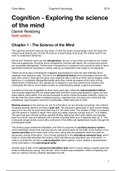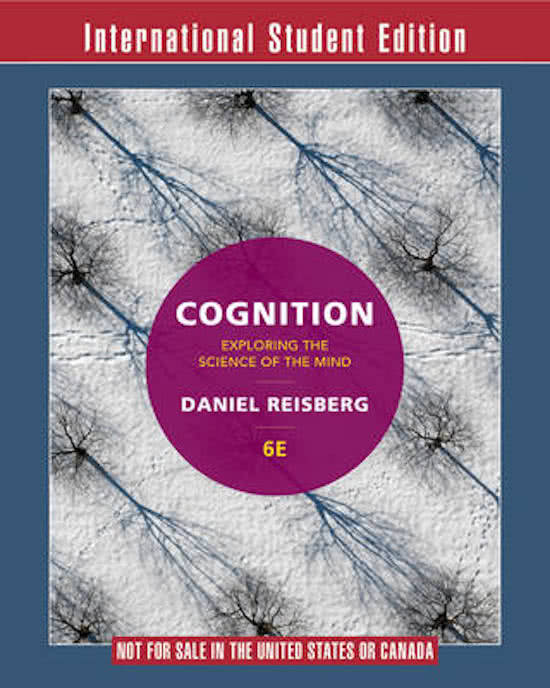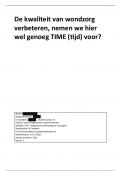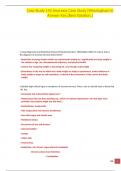Samenvatting
Summary Cognition - Exploring the Science of The Mind - Daniel Reisberg
This is a summary of Daniel Reisberg's sixths edition of Cognition - Exploring the Science of The Mind. It includes summaries of all required chapters (1, 3-10, 12, 13), including graphs and figures from the book.
[Meer zien]







